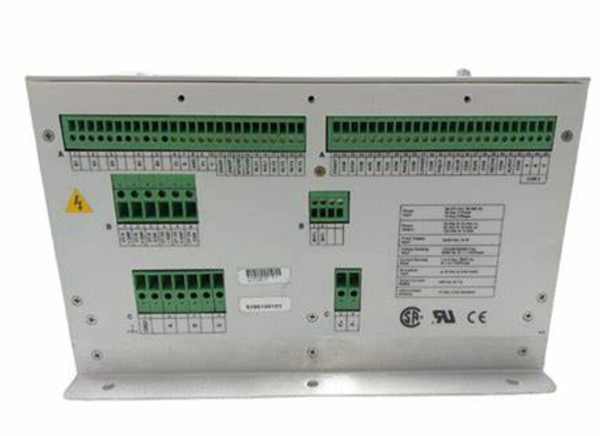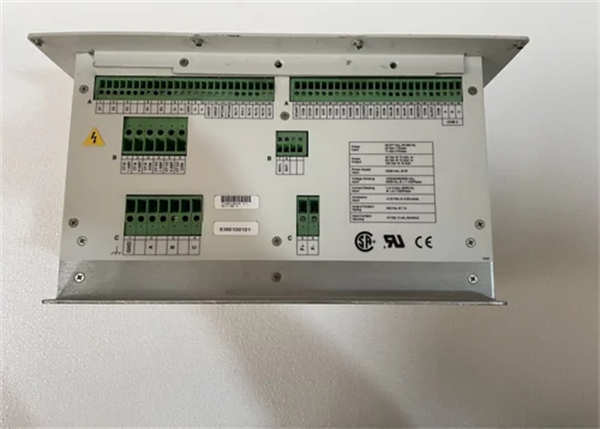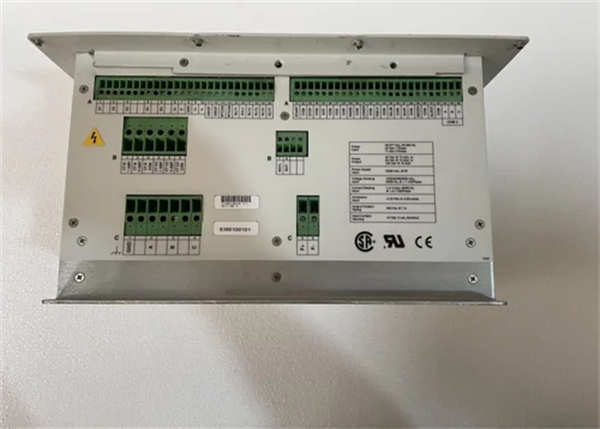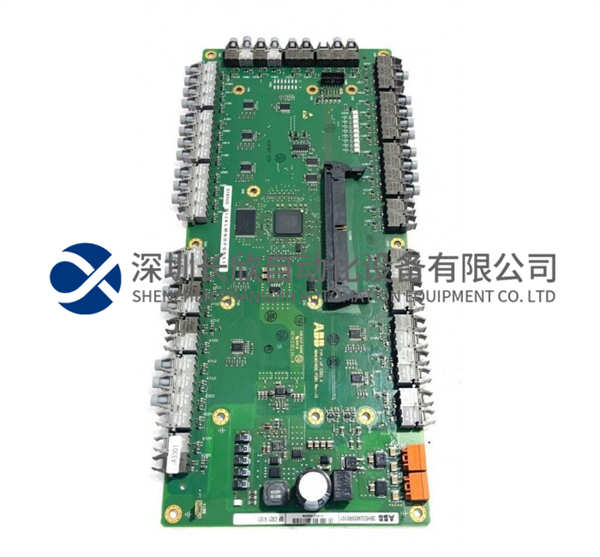描述
Basler DECS-200-2L是一款高性能的数字励磁控制模块,专为电力发电机系统设计,适用于同步发电机的励磁电流调节与控制。以下是其核心功能与技术参数的综合概述:
一、核心功能
全数字AVR控制
基于微处理器的数字控制技术,支持真实RMS(均方根)传感,可实现单相或三相电压的高精度调节,电压调节精度达0.25%,满足复杂工况需求。
保护与限制功能
-发电机保护:集成八个保护功能,包括过压、欠压、过励磁限制,防止发电机运行超出安全范围。
-励磁限制:支持在线/离线最大励磁限制器、最小励磁限制器及定子限流器,确保系统稳定性。
灵活性与可编程性
提供20种标准稳定性选择及用户自定义设置,支持并联补偿、U/F补偿(V/Hz比率限制器)等,适应不同负载及运行模式。
通信与接口
支持RS-232、RS-485(Modbus协议)、以太网等通信接口,兼容Modbus协议,通信距离可达1公里,便于集成至工业自动化系统。
二、技术参数
输出能力:15 Vdc输入时,可输出高达125 Vdc,适用于32 Vdc、63 Vdc或125 Vdc励磁应用。
环境适应性:设计温度范围-40°C至70°C,抗冲击、振动及灰尘,适合恶劣工业环境。
防护等级:符合C37.90.1-1989浪涌耐受和快速瞬态要求,具备高电磁兼容性。
三、设计特点
模块化与紧凑性
采用模块化设计,结构紧凑,方便安装与维护,适用于各种发电机尺寸。
显示与监控
配备前面板背光LCD显示屏及交互式显示面板(IDP-800),支持通过PC软件(BESTCOMS)或HMI界面进行设置与监控。
扩展选项
提供浪涌电流抑制模块(ICRM-15)、续流二极管模块(P/N 9293600101)等配件,增强系统可靠性。
四、应用场景
电力系统:发电厂、变电站、风力/水力发电机组的励磁控制。
工业设施:工业电机、船舶电力系统的电压稳定与保护。
商业建筑:备用电源系统的高效运行管理。

DECS-200-2C

DECS-200-1L

DECS-200-1L
Basler DECS-200-2L is a high-performance digital excitation control module designed for power generator systems and suitable for excitation current regulation and control of synchronous generators.The following is a comprehensive overview of its core functions and technical parameters:
I.Core functions
Fully digital AVR control
Microprocessor-based digital control technology supports true RMS(root mean square)sensing,which can achieve high-precision regulation of single-phase or three-phase voltage,with a voltage regulation accuracy of 0.25%,meeting the needs of complex working conditions.
Protection and limitation functions
-Generator protection:Integrates eight protection functions,including overvoltage,undervoltage,and overexcitation limits to prevent the generator from operating beyond the safe range.
-Excitation limit:Supports online/offline maximum excitation limiter,minimum excitation limiter and stator current limiter to ensure system stability.
Flexibility and programmability
Provides 20 standard stability options and user-defined settings,supports parallel compensation,U/F compensation(V/Hz ratio limiter),etc.,to adapt to different loads and operating modes.
Communication and Interface
Supports RS-232,RS-485(Modbus protocol),Ethernet and other communication interfaces,compatible with Modbus protocol,communication distance up to 1 km,easy to integrate into industrial automation system.
2.Technical Parameters
Output Capacity:When 15 Vdc input,it can output up to 125 Vdc,suitable for 32 Vdc,63 Vdc or 125 Vdc excitation applications.
Environmental Adaptability:Design temperature range-40°C to 70°C,shock,vibration and dust resistance,suitable for harsh industrial environments.
Protection Level:Meets C37.90.1-1989 surge tolerance and fast transient requirements,with high electromagnetic compatibility.
3.Design Features
Modularity and Compactness
Modular design,compact structure,easy installation and maintenance,suitable for various generator sizes.
Display and Monitoring
Equipped with front panel backlit LCD display and interactive display panel(IDP-800),supports setting and monitoring through PC software(BESTCOMS)or HMI interface.
Expansion options
Provides surge current suppression module(ICRM-15),freewheeling diode module(P/N 9293600101)and other accessories to enhance system reliability.
IV.Application scenarios
Power system:excitation control of power plants,substations,wind/hydro generators.
Industrial facilities:voltage stability and protection of industrial motors and ship power systems.
Commercial buildings:efficient operation and management of backup power systems.






